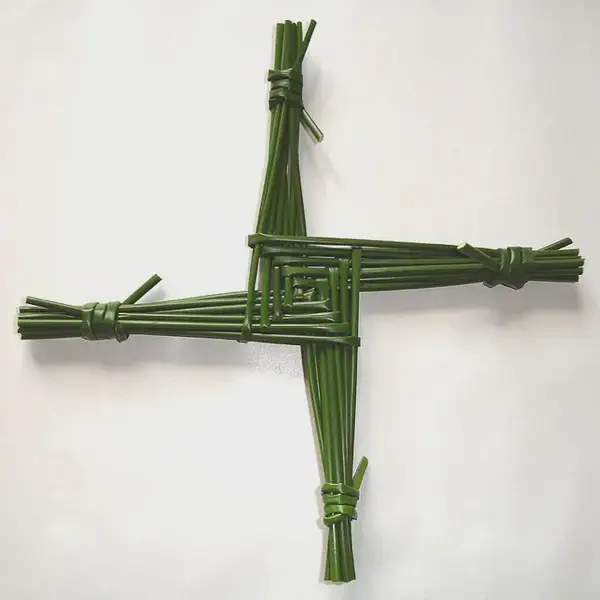
Feast of Goddess Brigit, Also Known as Imbolc, Candlemasm, Groundhogs Day, Celtic Fertility Day
February 01
Imbolc, also known as Candlemas and Groundhogs Day. Imbolc was one of the cornerstones of the Celtic calendar. For them the success of the new farming season was of great importance. It marks the middle of Winter and holds the promise of Spring.
Imbolc, celebrated on February 1st, is one of the four principal festivals of the Celtic calendar, alongside Beltane, Lughnasadh, and Samhain. It marks the beginning of spring and is traditionally associated with the goddess Brigid, who later became Christianized as Saint Brigid of Kildare. Imbolc is primarily observed in Ireland, Scotland, and the Isle of Man, but it has also gained popularity among modern pagans and Wiccans worldwide.
The festival heralds the first stirrings of spring and is a time for purification and light, reflecting the increasing strength of the sun and the awakening of the earth from its winter slumber. Customs associated with Imbolc include lighting fires, decorating wells, crafting Brigid’s crosses from reeds or straw, and preparing traditional foods. The lighting of candles and fires represents the return of warmth and the sun’s light, crucial themes during this period of transition between seasons.
Imbolc also embodies the concept of renewal and rebirth, making it a time for people to cleanse their homes and begin new projects or endeavors. It’s a period for spiritual reflection and purification, as well as for preparing the land for spring planting. In ancient times, it was a significant festival for agrarian communities, marking a critical point in the agricultural cycle.
The reverence of Brigid, whether as a goddess or saint, plays a central role in the celebration of Imbolc. She is associated with healing, poetry, and smithcraft, embodying the light of dawn and the life-giving aspect of the sun. Today, Imbolc is celebrated with various rituals, crafts, and ceremonies that honor the essence of renewal, purification, and the early signs of spring.